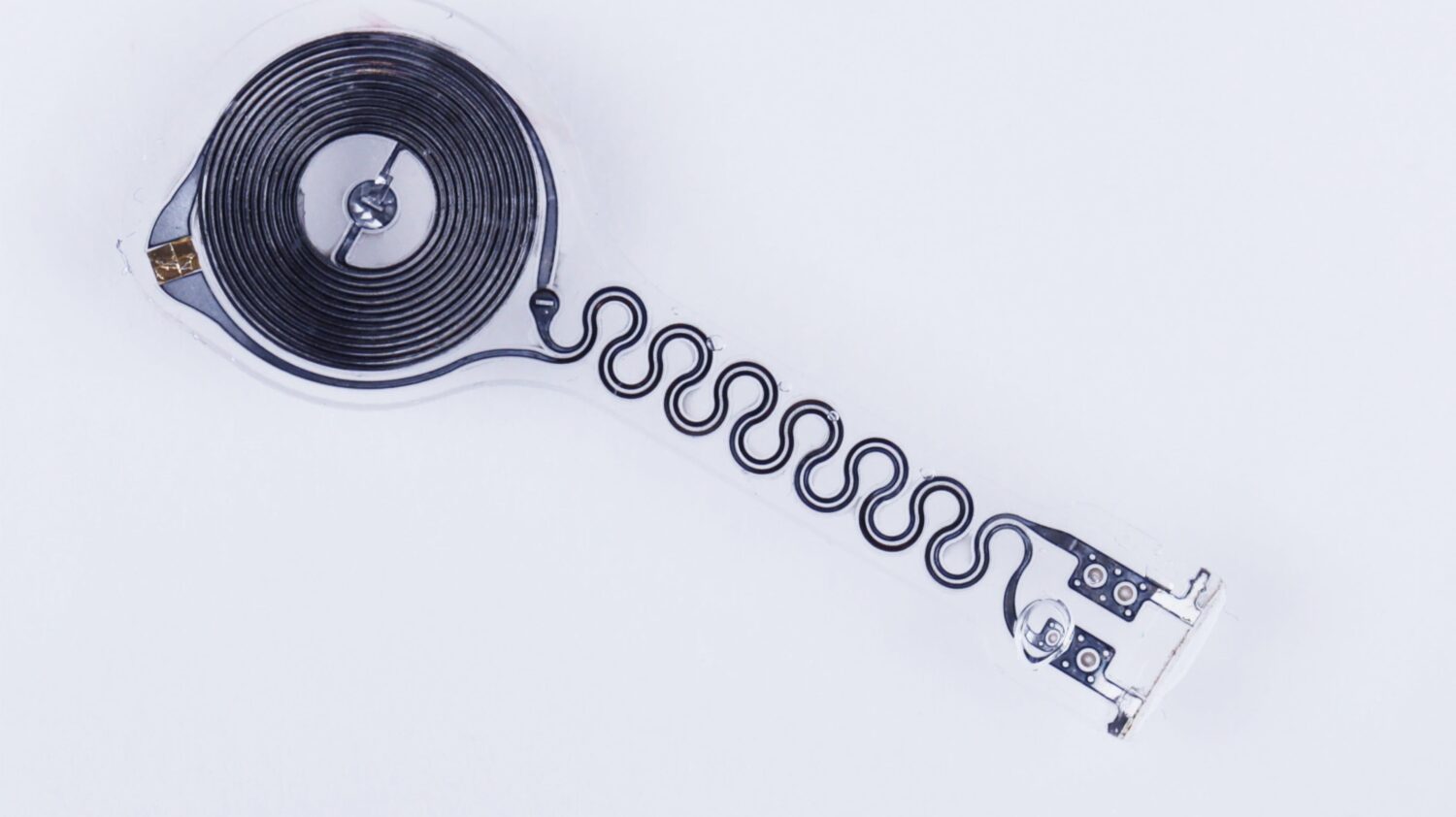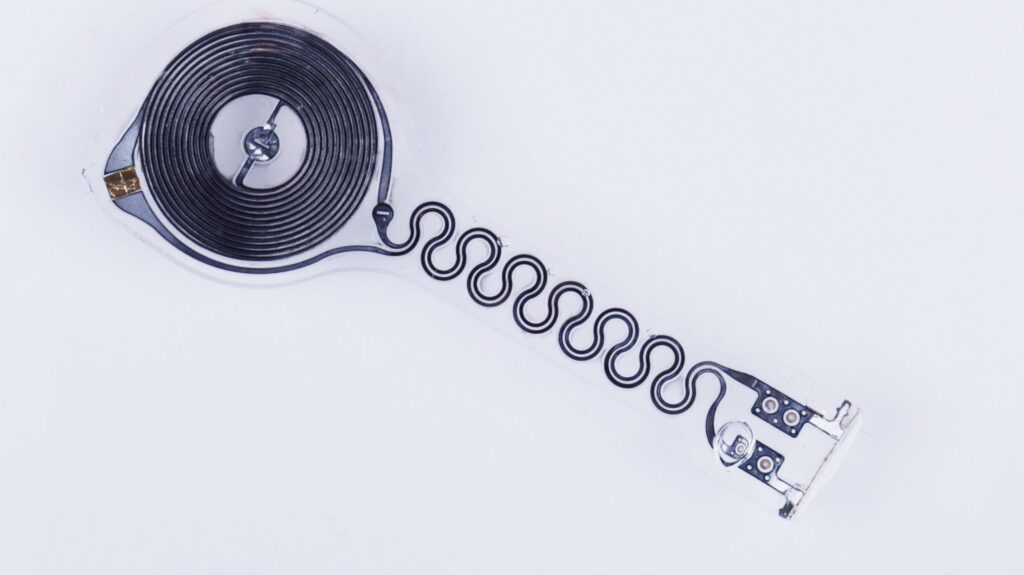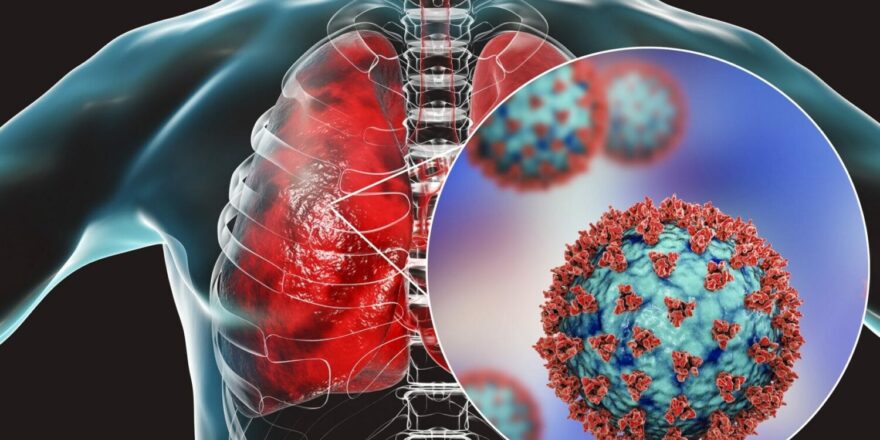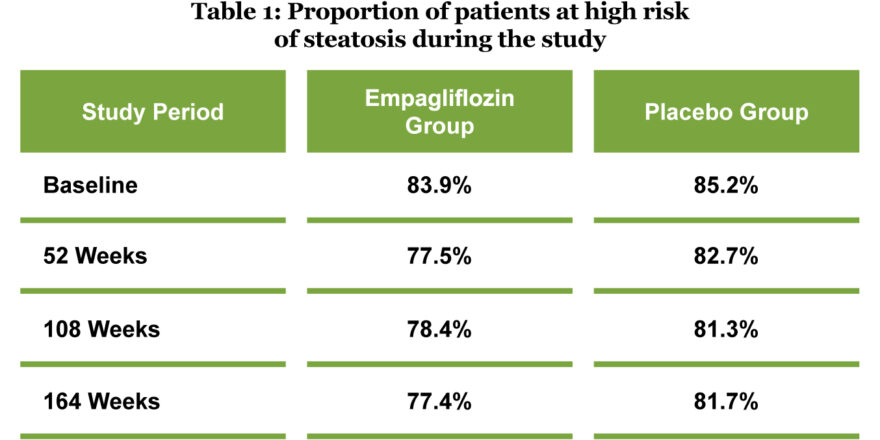Smart, Dissolving Pacemaker Communicates With Body-Area Sensor and Control Network
Northwestern University scientists introduced the first-ever transient pacemaker — a fully implantable, wireless device that harmlessly dissolves in the body after it’s no longer needed.
The work was led by Northwestern’s John Rogers, PhD, the Louis Simpson and Kimberly Querrey Professor of Materials Science and Engineering, Biomedical Engineering; Igor R. Efimov, PhD, professor at the McCormick School of Engineering; and Rishi Arora, MD, professor of Medicine in the Division of Cardiology.
John Rogers, PhD, the Louis Simpson and Kimberly Querrey Professor of Materials Science and Engineering, Biomedical Engineering and Neurological Surgery and the director of the Querrey Simpson Institute for Bioelectronics
The sensors communicate with each other to continuously monitor the body’s various physiological functions, including body temperature, oxygen levels, respiration, muscle tone, physical activity and the heart’s electrical activity.
The system then uses algorithms to analyze this combined activity in order to autonomously detect abnormal cardiac rhythms and decide when to pace the heart and at what rate. All this information is streamed to a smartphone or tablet, so physicians can remotely monitor their patients.
The new transient pacemaker and sensor/control network can be used in patients who need temporary pacing after cardiac surgery or are waiting for a permanent pacemaker.








